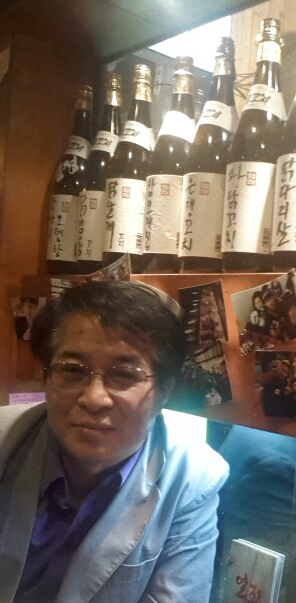[본문의 동영상 강의 연우리 영어 유튜브] → gDz3iWQ_xwI
# "I had never heard of alchemists before," the boy said, "Maybe no one here has, either."
The Englishman's eyes lit up. "That's it! Maybe no one here knows what an alchemist is! Find out (A)[ ] it is (B)[ ] cures the people's illnesses!"
# 빈칸 (A)와 (B)에 공통으로 들어갈 단어는?
[해석] "저는 전에 연금술사에 대해 들은 적이 없어요. 어쩌면 여기 누구도 들은 적이 없을 거예요."라고 소년은 말했다.
"영국인의 눈은 반짝 거렸다. "바고 그거야! 아마도 여기 누구도 연금술사가 뭔 말인지 모를 거야! 알아내봐. 사람들의 병을 치료하는 자가 누구인지를!"
[정답] (A)와 (B) : who
[해설]
'it ~ that ~' 강조 구문 대신 'it ~ who ~' 강조 구문이 사용될 수 있다.
의문사도 강조 구문의 'focus'가 될 수 있다.
'who cures the people's illnesses'을 강조 구문으로 만들면 'it was [who] who(= that) cures the people's illnesses'가 된다.
강조 구문이 'Find out'의 목적어로 간접 의문문이 되면 의문사는 맨 앞으로 나와서 'who it was who cures the people's illnesses'가 된다.
그래서 [본문]
Find out (A)[who] it is (B)[who] cures the people's illnesses!
'문법' 카테고리의 다른 글
| Restrictive apposition (제한 동격) ★★★ (0) | 2021.04.02 |
|---|---|
| Nonrestrictive apposition (비제한 동격) ★★★ (0) | 2021.03.31 |
| 죽마 표현의 한 예 (0) | 2021.03.27 |
| albeit과 so be it (2) (0) | 2021.03.25 |
| happy to ~와 happy ~ing (0) | 2021.03.23 |
